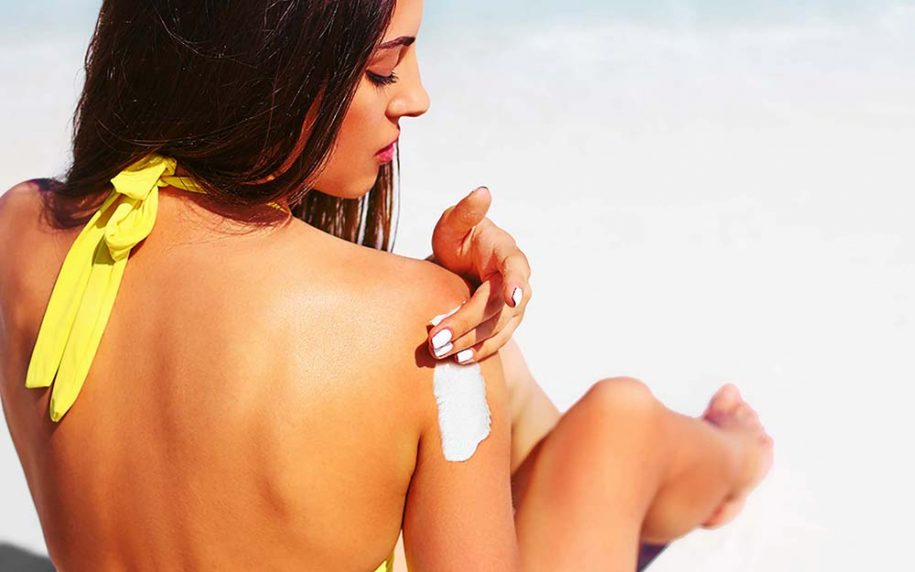Sun Burn
Sunscreen is IN
One of the most common problems of many travellers is SUNBURN. Enjoying your holiday is incomplete without having fun under the sun. So, to enjoy your holidays here in Phiphi Islands. Don’t forget to bring SUNSCREEN every time.
Most Dangerous times to be under the sun
Whether it’s sand, snow, or cement reflecting the sun’s rays, from your skin’s perspective, some points of the day are more dangerous to be outdoors than others. When the sun’s ultraviolet rays are the strongest, the most potential damage can be done to your skin. It was formerly recommended that people stay out of the sun between 11 a.m. and 2 p.m.; however, the latest research indicates that the sun’s rays can be dangerous anywhere from 10 a.m. until 4 p.m.
That being said, no matter what time of day you go outside, you need to think about sun protection. A sunburn can occur in less than 15 minutes of sun exposure.
And don’t be fooled by overcast days. Up to 80 percent of the sun’s ultraviolet rays can penetrate through a haze, which means you can get sunburned even if it’s cloudy. Your best bet: Use sunscreen whenever you go outdoors (making sure to use the amount suggested on the label) and make sure you reapply according to the directions, even if you don’t see the sun.
Other Risks That Can Influence Your Sun Protection
- Skin color: While anyone can get burned, people with light-toned skin are at greatest risk for being burned in the shortest amount of time.
- Length of time in the sun: When you’re out having fun, it’s easy to lose track of time and your last sunscreen application. A good rule of thumb: “Whenever you travel, be sure to wear sunscreen when exposed to the sun,” says Dr. Sutker. “This is especially true during the first few days in a new place. The time you spend in the sun should be short the first day and can be gradually increased on subsequent days to help you avoid sunburn and allow the pigment cells in your skin to darken gradually, a process that helps protect your skin.”
- Location: Sunny climates closer to the equator will of course increase your exposure to the sun’s rays, but many people don’t know that higher altitudes can do so as well. If your vacation plans include traveling to mountain locations or high elevations, be especially conscientious about applying sun protection regularly because you’ll be exposed to more intense ultraviolet rays.
- Activities: Certain activities, such as lying on the beach or boating in swimsuits, can increase sun exposure as the rays bounce off the sand and water. This is when sun protection is particularly important. Don’t rely on sunscreen alone. Whenever possible, cover your skin by wearing long sleeves, pants, and a hat — preferably ones with built-in sun protection. Or, bring along an umbrella so you have access to some shade.
Using Sunscreen Effectively
When choosing a sunscreen, take into account the types of activities you’ll be participating in on your trip and how long you plan to be outside. The sun protection factor (SPF) represents the extra time sunscreen provides before your skin will burn. For example, if you use sunscreen with an SPF of 30 — and apply it thoroughly, as directed — your skin should be protected from burning for 30 times the number of minutes it would normally take your skin to burn. This doesn’t mean you should stay in the sun that much longer — damage is still being done even if you don’t get a visible sunburn.
Sunscreen needs to be applied about 30 minutes before your skin is exposed to the sun and reapplied at least every two hours (more often if you’re swimming or doing something that makes you sweat a lot). If you’re wearing a water-resistant sunscreen, follow the directions on the bottle.
With these smart tips, you’ll be able to have lots of fun in the sun the next time you travel — without getting burned.
Reference: https://www.everydayhealth.com/healthy-travel/sun-protection-on-vacation.aspx





